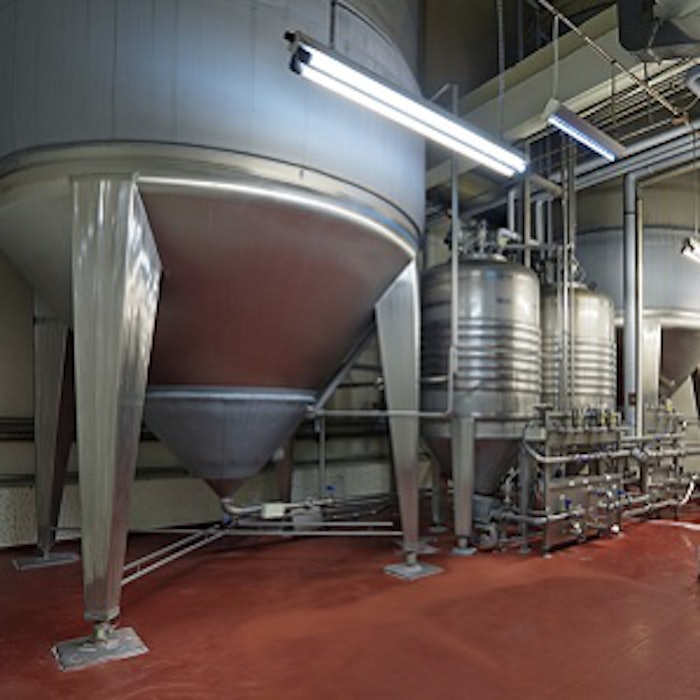
In August of this year, the world’s first taste testing of a cultured beef burger was held in London. For the low, low price of $330,000, Google co-founder Sergey Brin was able to “buy” a burger made from lab-grown tissue from Professor Mark Post and colleagues at Maastricht University (http:// culturedbeef.net/). Post’s work on the cultured beef burger is driven by the unfortunate realities of the global food system: worldwide demand for meat is growing fast but current livestock farming methods are simply unsustainable. It turns out that cows are a relatively inefficient way to convert grain or grass to meat and, to make matters worse, release a lot of greenhouse gas in the process. Although still just a proof-of-concept, cultured beef has the potential to be a significantly more sustainable route to beef than conventional farming.1
Although the cultured beef burger appears new and unusual to consumers, in fact we have a long history in the development and consumption of cultured foods (F-1). For the past 9,000 years, mankind has invented, whether by accident or design, a variety of cultured foods and drinks that are central to the modern diet, including bread, cheese, yogurt, soy sauce, sauerkraut, wine and beer.2 Due in no small part to advances in microbiology and genomics, humans have been able to improve and expand upon the variety of cultured foods available over time. Indeed, researchers have only recently realized that microbes are responsible for much of the flavor profile of cultured foods and beverages.
The natural next step in the evolution of cultured foods is the advent of cultured ingredients. Aroma chemicals that previously were made via extraction from plants or synthetic chemistry can now be made via fermentation. The mechanics of the process of making cultured ingredients is much the same as those used for thousands of years of cultured food production: the raw material (often sugar) is converted to the desired ingredient using microbes as a processing aid.










